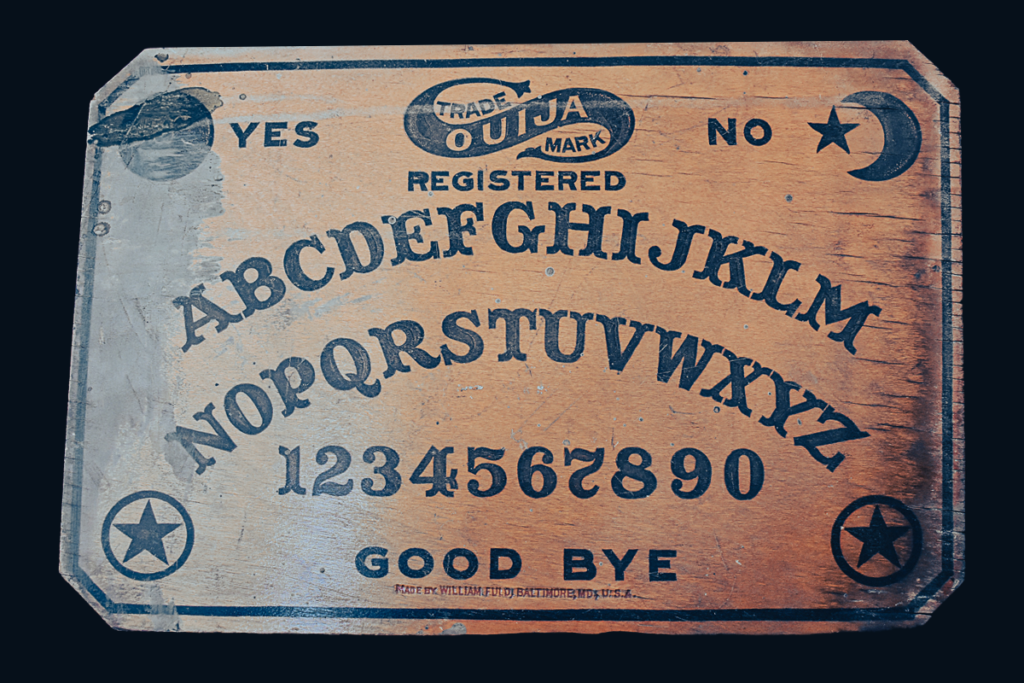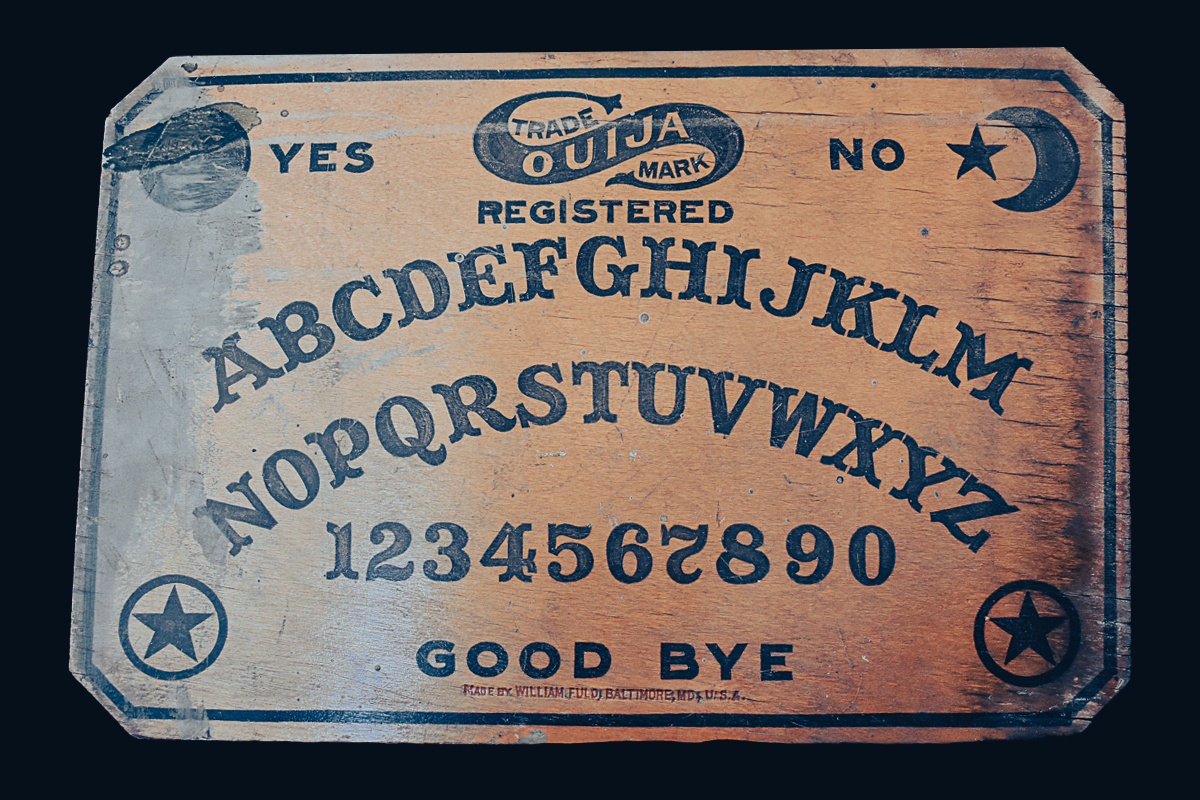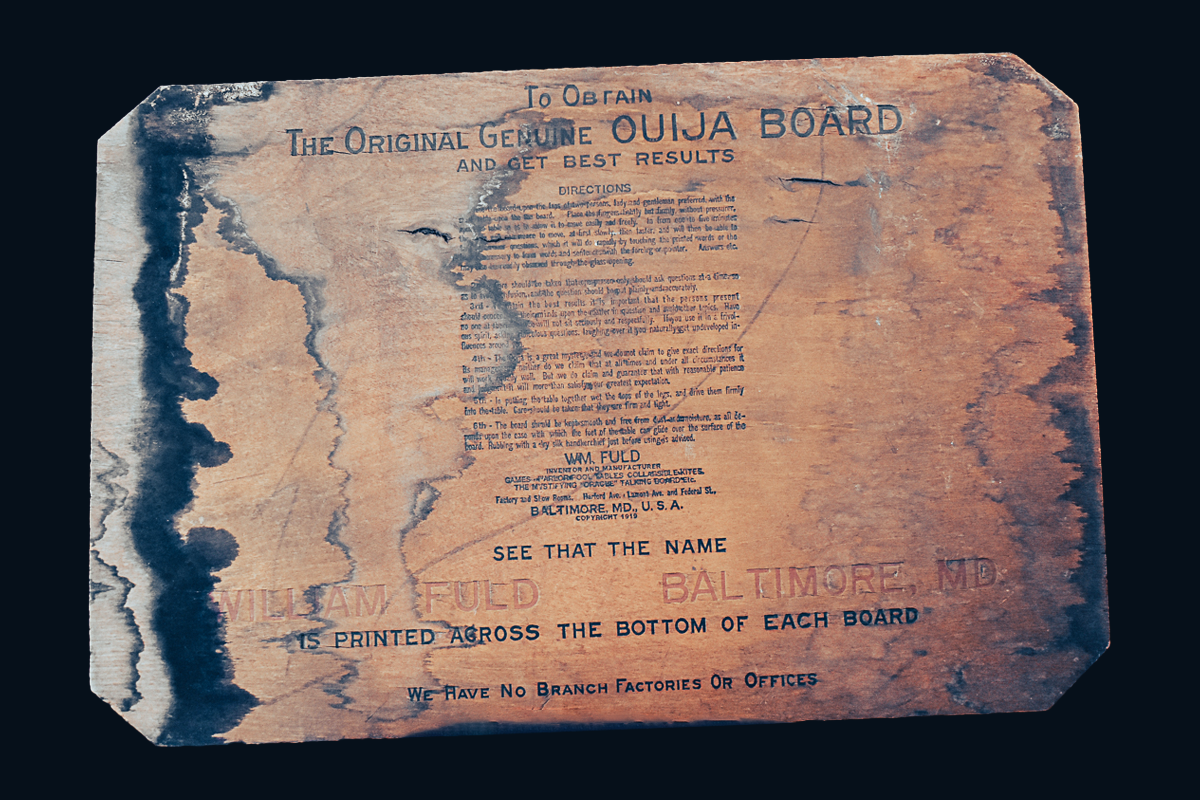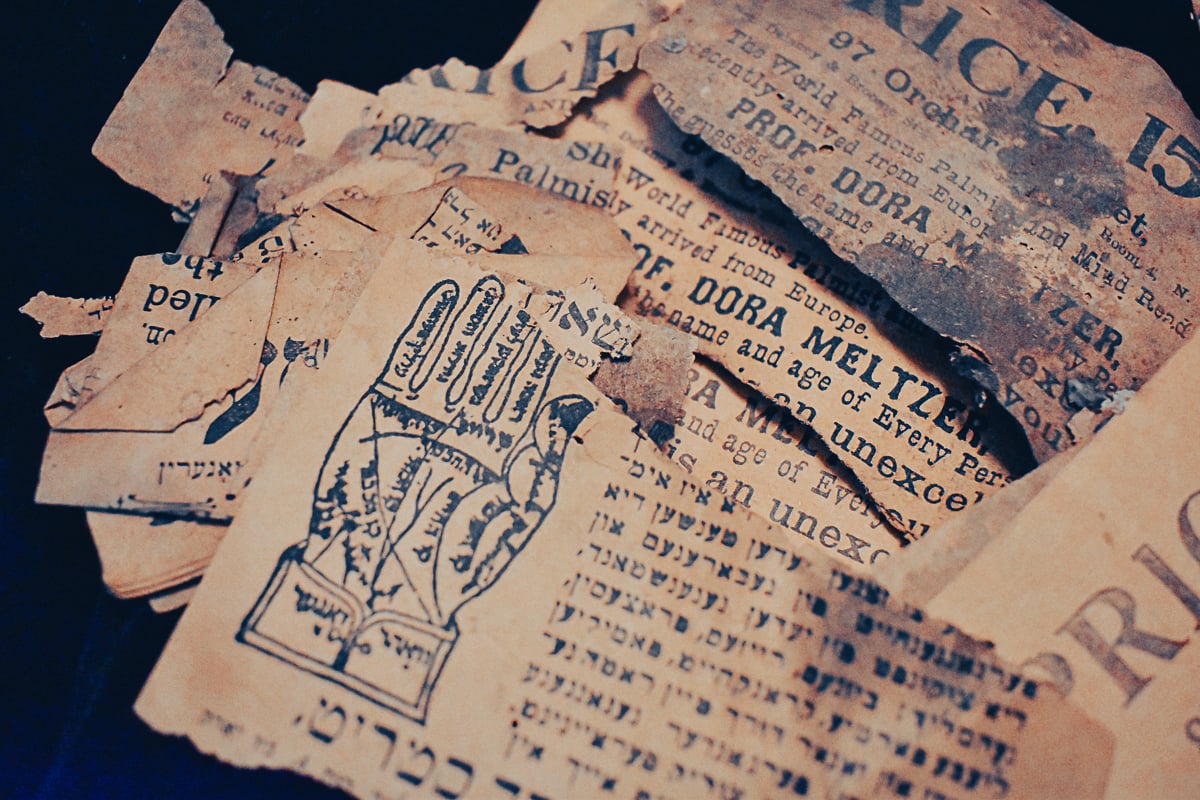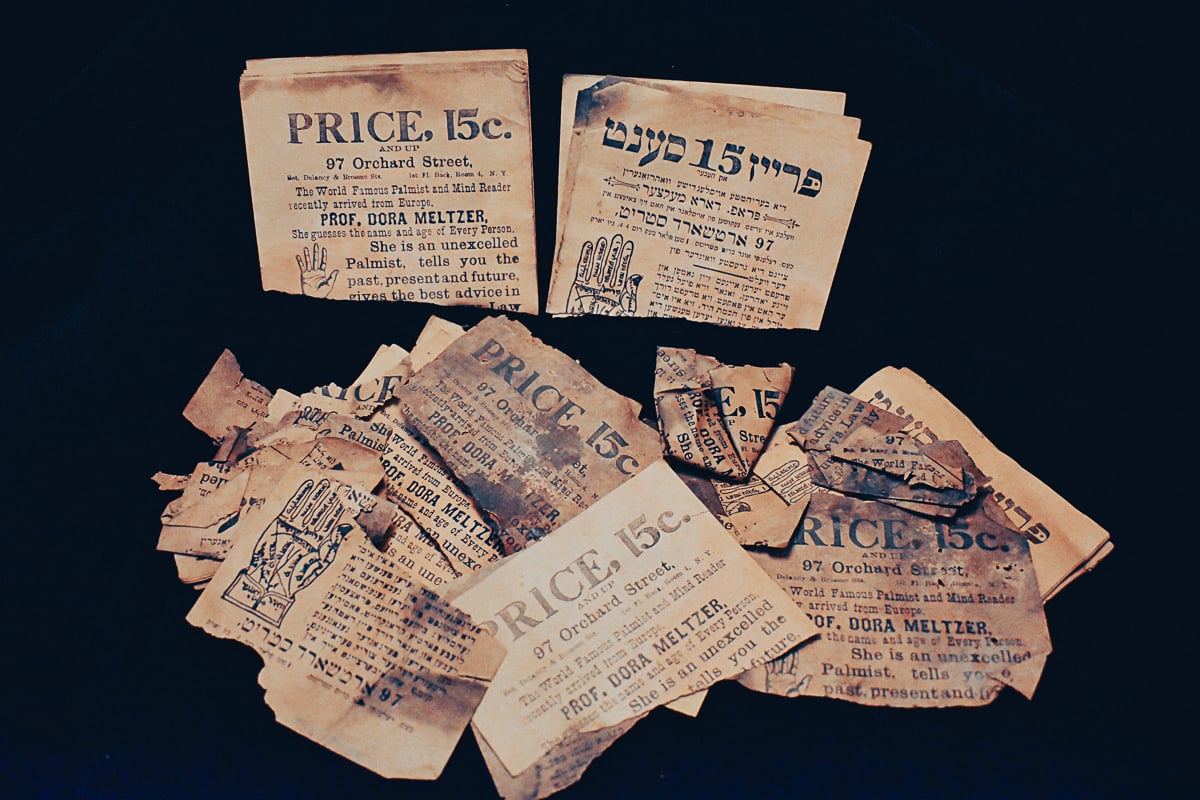Many Museums have collections within their collections. Among our unique objects, we have collections of sewing materials, photos, tiny bottles of perfume, and animal bones. We also have more than a few dolls – or rather, what’s left of them.
97 Orchard Street was a residence for about 70 years. The building saw a lot of children running through its halls, and dolls were a beloved and low-cost toy for any child, able to spark the imagination and teach about caregiving. However, children do grow up, and sometimes these dolls get lost or left behind.
Once, they were (probably) sweet-looking dolls. But the dolls and doll parts we found in 1993, under the floors in a second-floor apartment of 97 Orchard, are anything but. The dolls are likely from the turn of the 20th century, and while we don’t know their original owners, we can guess that if these parts looked like they do now back then, it’s no wonder why they got left behind.
